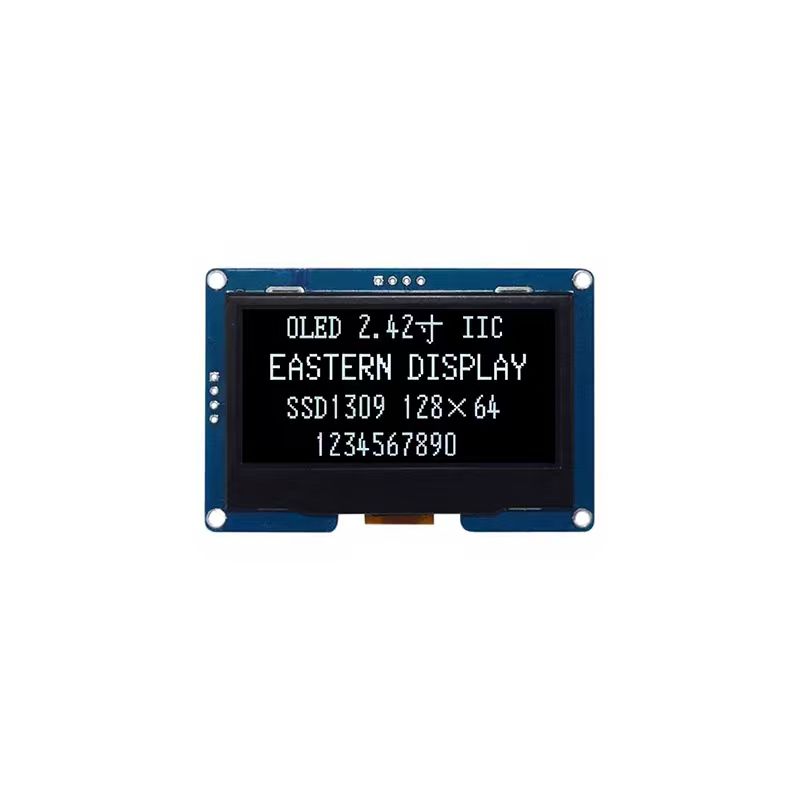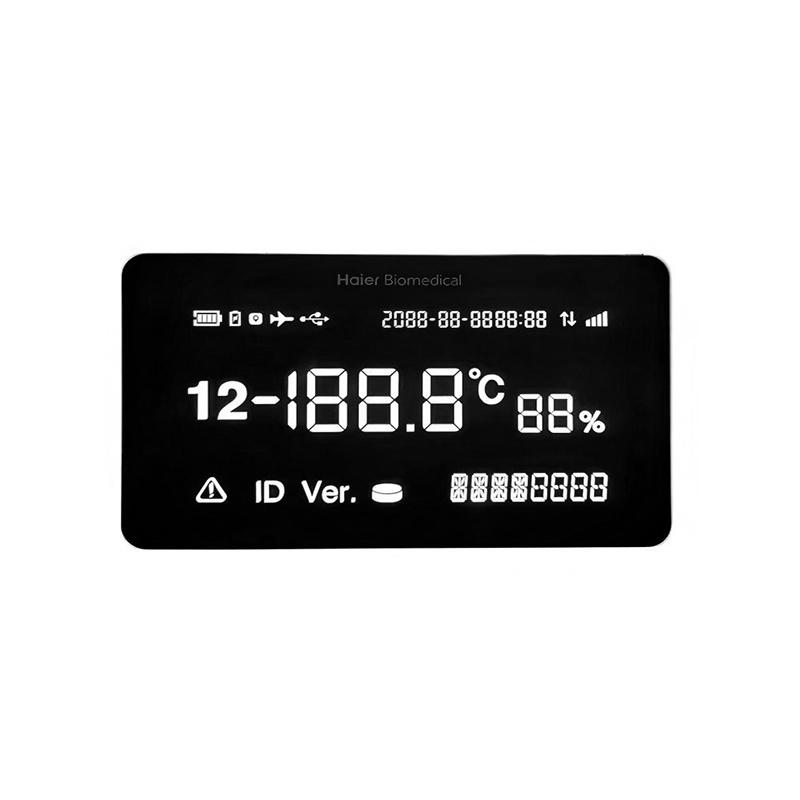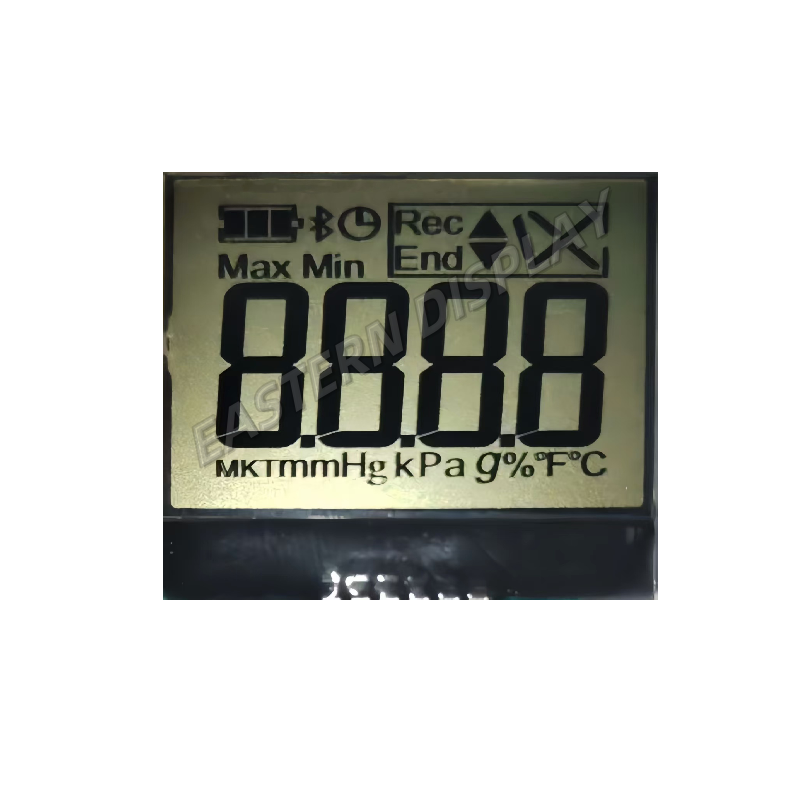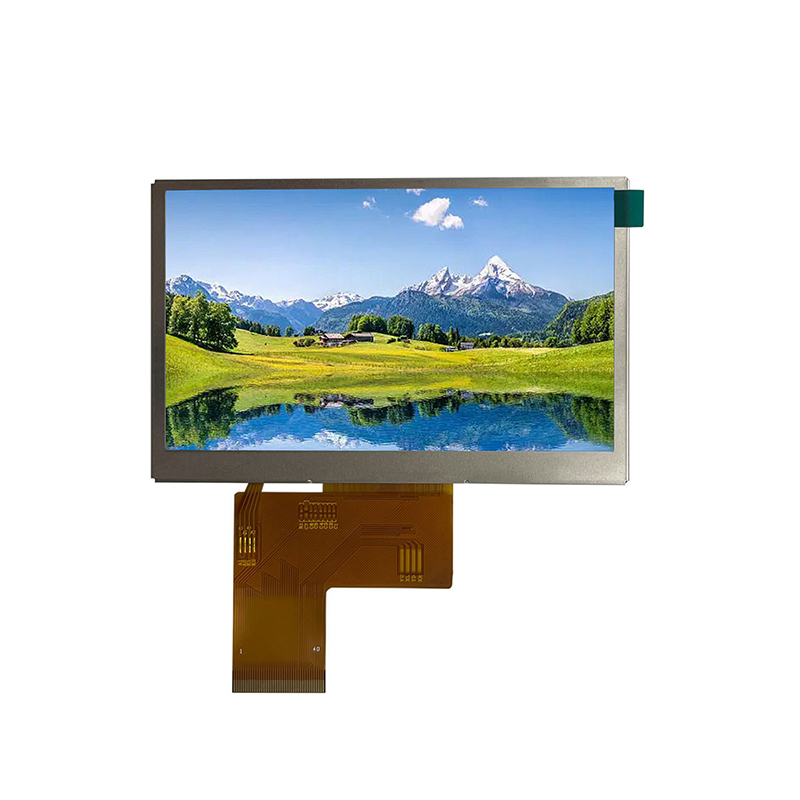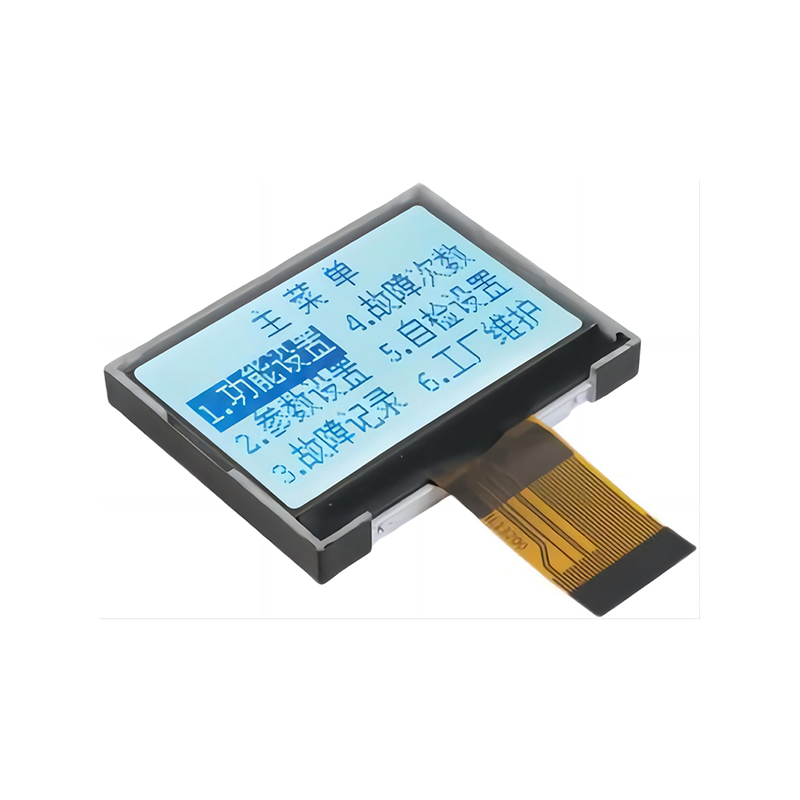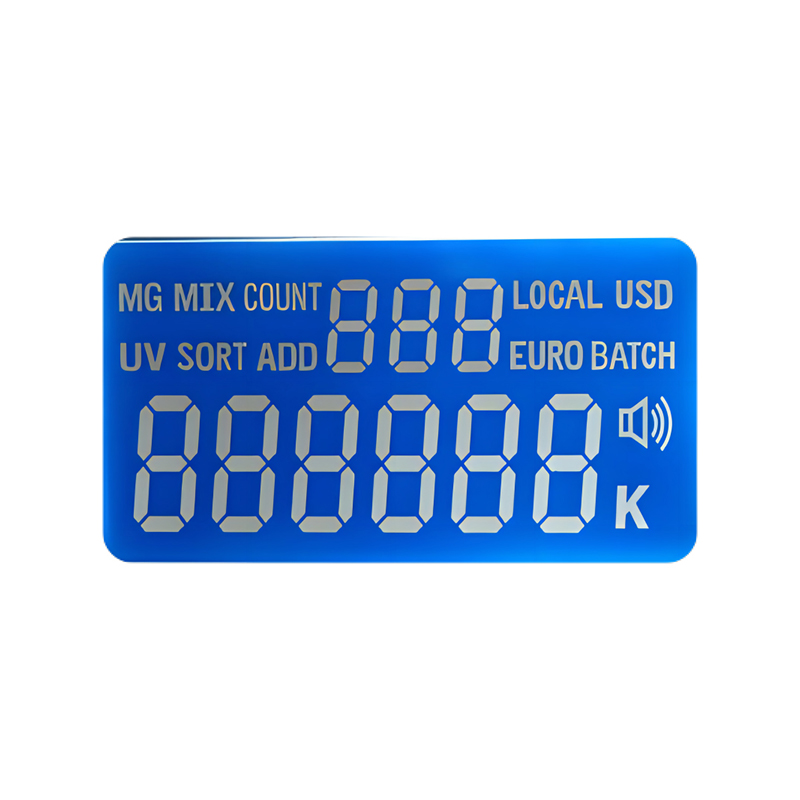
This article provides a detailed explanation of TFT screens, covering their technology, advantages, disadvantages, and applications. Learn about different types of TFT displays and how they compare to other screen technologies. We'll also explore the key factors to consider when choosing a TFT screen for your needs.
A TFT screen, or Thin-Film Transistor liquid crystal display (TFT LCD), utilizes thin-film transistors to control the individual pixels on the screen. Each pixel has its own transistor, allowing for precise control of brightness and color. This is a significant improvement over passive-matrix LCDs, which suffer from slower response times and ghosting.
Liquid crystals themselves don't emit light. In a TFT screen, a backlight (usually LED) illuminates the liquid crystals. The TFT transistors control the voltage applied to each liquid crystal, determining how much light passes through, thereby creating the image. This process allows for sharp images and vibrant colors.
IPS panels offer excellent color accuracy, wide viewing angles, and good contrast. They are often preferred for professional applications and high-end devices, though they can be more expensive than other TFT types. However, response times can be slightly slower.
TN panels are typically the most affordable TFT screen option. They offer faster response times compared to IPS, making them suitable for gaming. However, their viewing angles and color accuracy are generally less impressive than IPS.
VA panels provide a good balance between contrast ratio, viewing angles, and response time. They often exhibit deep blacks and are a popular choice for both consumer and professional applications.
Let's summarize the pros and cons of using TFT screens:
| Advantages | Disadvantages |
|---|---|
| High resolution and clarity | Can be relatively power-hungry compared to other technologies. |
| Good color reproduction | Susceptible to burn-in (though less so than older CRT technologies). |
| Wide range of sizes and resolutions available | Viewing angles can vary depending on the type of TFT panel used. |
TFT screens are ubiquitous. You'll find them in:
When selecting a TFT screen, consider factors such as resolution, size, panel type (IPS, TN, VA), response time, and color accuracy. Your specific needs will dictate the best option for you. For high-quality LCD solutions, consider exploring options from reputable manufacturers such as Dalian Eastern Display Co., Ltd., a leading provider of advanced display technologies.
This guide provides a foundational understanding of TFT screens. Further research into specific panel types and manufacturers will help you make an informed decision when purchasing a display.


